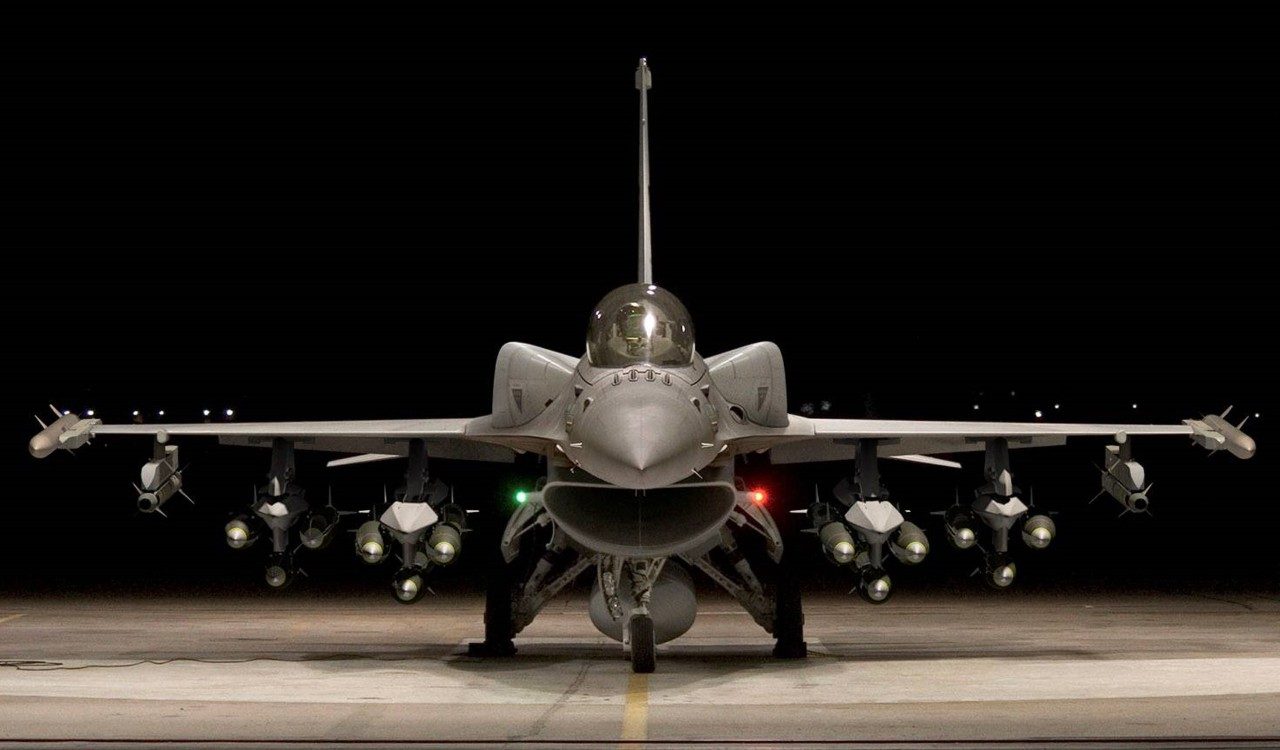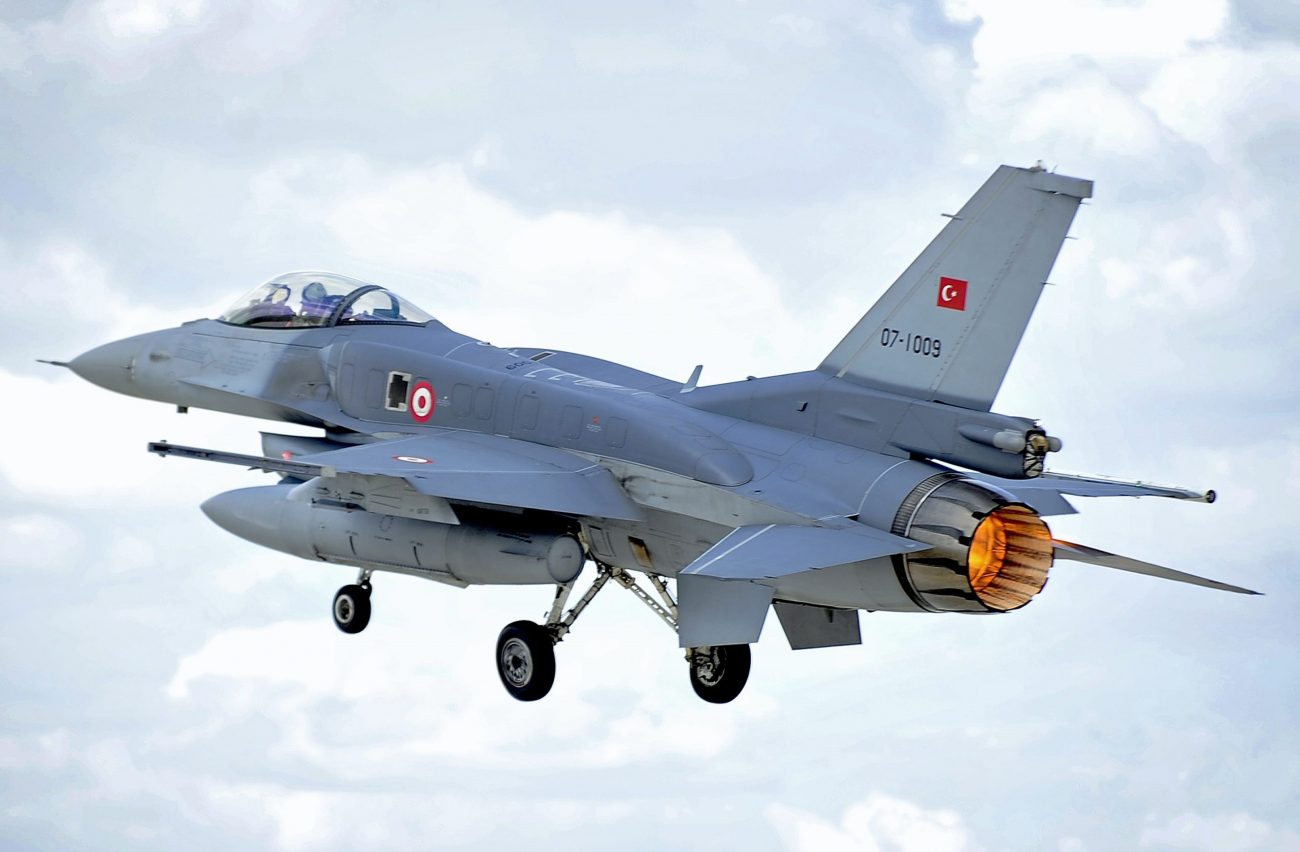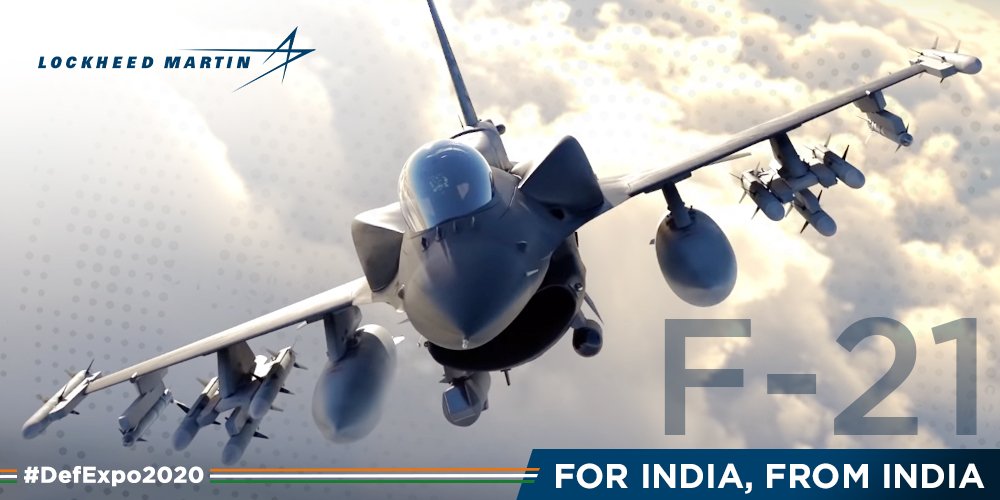Following years of contemplation, the US Air Force has finally decided to upgrade its 608 F-16 Block 40 and 50 in one of the largest modernization initiatives in history.
The Air Force Life Cycle Management Center announced on 28 Feb the F-16 Fighter jets will get up to 22 modifications. The program aims to increase the lethality of aircraft and ensure that the fourth-generation fighter can confront current and future threats.
The 22 modifications include an Active Electronically Scanned Array radar, new cockpit displays, a new mission computer, and a new database. The fighters will also receive next-generation electronic warfare capability as well as a Communication Suite Upgrade, a Center Display Unit, a Programmable Data Generator, and several other key hardware components to modernize the aircraft.
The complex project, known as Post Block Integration Team or PoBIT, is being led by the Air Force Life Cycle Management Center’s Fighters and Advanced Aircraft Directorate, which formulated the strategy to organize and install the upgrades on the aircraft.

“This is a pretty massive effort, a collision of mods as we call it,” said Oryan “OJ” Joseph, program manager with the directorate’s F-16 Program Office. “We had to quickly look at all of the mods that are going on the aircraft and not only understand the timing of when the mods are going to deliver, but also when the aircraft will be available from the units. There are a lot of variables, a give and take tug of war that we deal with every day on bringing down aircraft [for modifications] at the right time.”
According to the press release, some of the changes have already begun and will continue for several years. PoBIT involves six major commands, more than 18 bases, multiple companies, and contracts worth $6.3 billion in total. “Making sure we have the right modifications at the right time is crucial to the warfighter,” said 1st Lt. Andrew Elledge, program manager, F-16 Program Office.
“It requires effort and daily coordination to ensure there is progress and communication with all programs related to this effort across all the bases involved. While this effort is a challenge, being able to keep the F-16 in the fight with the latest and greatest technology is the driving factor. I am thankful to have such experienced teammates to help tackle these complex daily tasks. It really takes all of us to keep this moving in the right direction!” Elledge added.

Future of F-16 fighter jets
Last year, the Airforce Magazine reported that the F-16 could fly until the 2070s or later, based on Lockheed Martin’s backlog of F-16 orders, planned modifications, and the US Air Force’s plans to rely on the fighter into the late 2030s.
Lockheed Martin’s backlog of 128 F-16 fighter jets, all for foreign military sales, won’t be completed until 2026. Those jets might be flying into the late 2070s or later, with a service life of 40 years or more.
The 128 planes are destined for Bahrain, Bulgaria, Slovakia, Taiwan, and an unnamed country, however, Croatia and the Philippines have been suggested as potential consumers.
These aircraft will be in the Block 70/72 configuration, which has updated radar, displays, conformal fuel tanks, and other enhancements over the Block 50/52 variant, which is the most recent version flown by the US Air Force. At Greenville, Lockheed is producing four F-16 fighter jets per month.
Furthermore, in early 2021, to meet the growing demand for new F-16 Fighting Falcons from partner nations, the US Air Force had already partnered with Lockheed Martin to open a new production line to manufacture the F-16 Block 70/72 fighter aircraft.

In Nov 2021, The United States Air Force flew the Northrop Grumman AN/ASQ-236 Dragon’s Eye Active Electronically Scanned Array radar pod on an operational F-16 Viper for the first time in 2021. Taiwan also operates the F-16 Viper variant.
The air force wants to install the Dragon’s Eye pod on over 200 Air Guard and Reserve F-16 Vipers. The Dragon’s Eye is already operational on the US Air Force F-15E Strike Eagle.
Lockheed Martin is also pitching an advanced F-16 variant to India, dubbed the “F-21.” This jet, according to Lockheed, has a 12,000-hour service life, which is nearly 50% longer than the ones used by the US Air Force. 12,000 hours is roughly 32 years of service at normal utilization.
- Contact the author at ashishmichel@gmail.com
- Follow EurAsian Times on Google News




